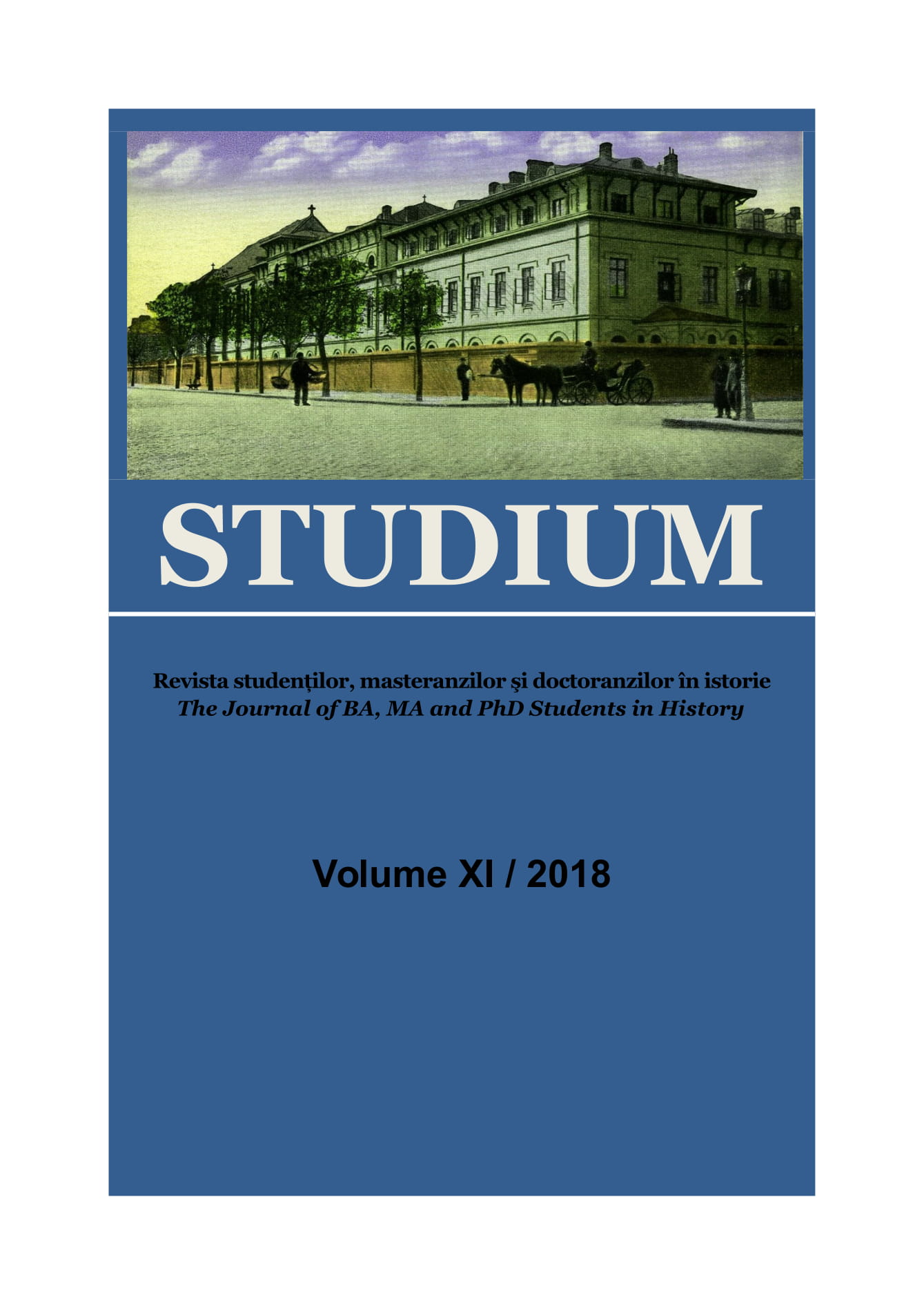Author(s): Vlad Ghimpu / Language(s): Romanian
Issue: 1/2018
The altars of Christian churches at the beginning of the early Middle Ages could be oriented in all cardinal directions: first, the oldest ones, to the west, according to the biblical covenant, then to the north and to the south, and at last, after the apostolic constitutions of 380, to the east. On the eastern Carpathian territory in the early Middle Ages stone and cave churches of the Syrian type were built, with altars oriented to the south and east, without a semicircular apse. Also there were Byzantine churches with an altar to the north and a simulated wooden templon; there was a rock monastery with a square altar and a common dormitory with 12 cells-niches for monks, characteristic of the Byzantine monastic life of the 6th-12th centuries. In the East Carpathian and South Carpathian territories in the 8th-9th centuries there were churches with a narthex – an area intended for women that was introduced into the local church architecture by Crimean monks influenced by the traditions of Islam.In Transylvania, the matrix of the Romanian people, that was located in more favorable geographical conditions, being protected by the crown of the Carpathian Mountains, several ancient churches and other similar evidences were found, including liturgical objects and the characteristic orientation of burials. In the 5th and 6th centuries, during the Gepid period, under the influence of Syrian and Egyptian monks and Arian missionaries, cave and stone rotund churches were built here. These centric churches reflected their creed about the one God-Father who created the other entities of the Trinity; from here comes the Romanian name of the Christmas holiday as creatio or creationem, a term transformed into the Romanian word Crăciun (Christmas), which has survived to this day.Dobruja, located at the junction of the South Byzantine, eastern and north-Danube worlds, preserved evidences of evolution that passed through its territory and influenced the Christian life of the Carpathian region.
More...






